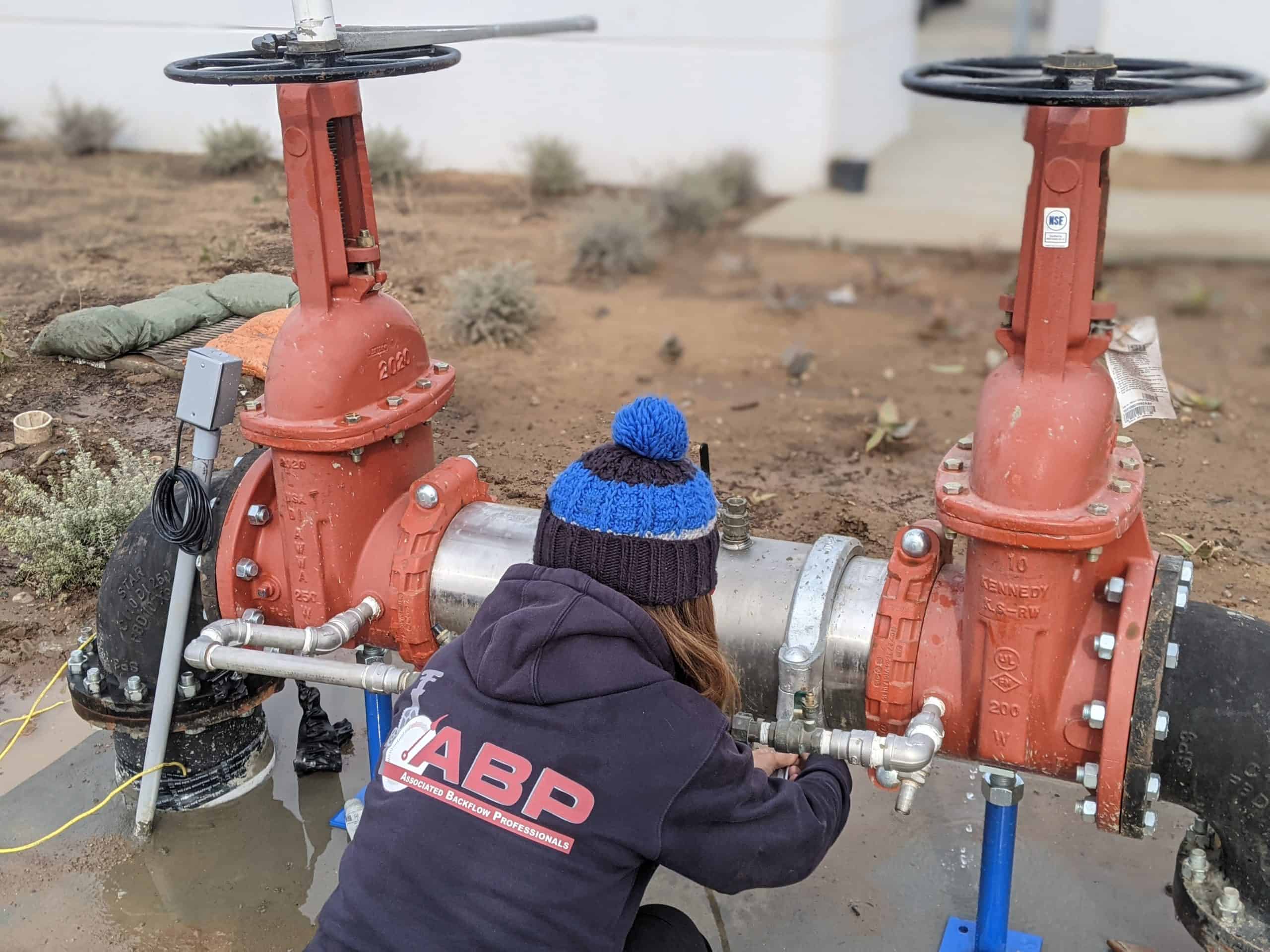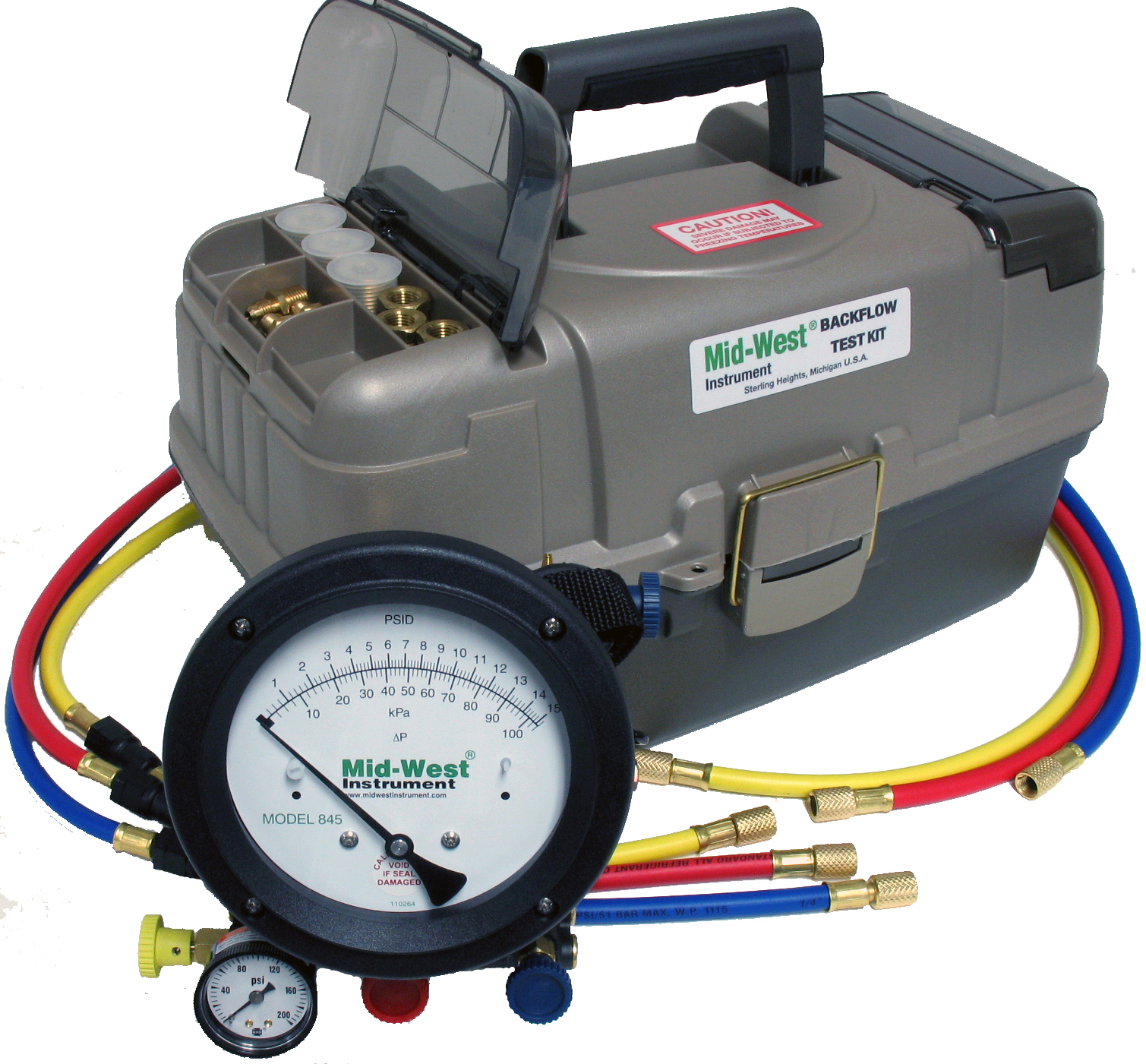This post below pertaining to Backflow Testing is fairly engaging. Check it out for yourself and see what you think of it.

Yes, you require to backflow test your house's water system to make sure that the water is without toxins and hazardous levels of chemicals. You need to not attempt to carry out backflow testing on your own since of the equipment called for as well as area for error. We advise that you call an expert plumber every couple of years to check your water.
Heartburn Can Impact Both You as well as Your City
Numerous cities establish backflow guidelines due to the fact that dangerous heartburn can affect the general public water system along with a single structure. Contemporary cities have backflow gadgets in location that protect the water supply that comes from the majority of residences as well as commercial properties. The genuine threat comes from watering systems, which can harm the water with harmful fertilizers, manure, and various other chemicals.
What Causes Heartburn?
A regular reason of backflow is a loss of water stress that causes the water to siphon back right into the water supply. After some time, there is a loss in water stress as well as the pipe starts to draw the water back right into the water supply. As you can envision, there are currently chemicals from the paint that are entering the water supply, possibly presenting a hazard.
Heartburn Testing is Called For by Regulation in Particular Cities
Relying on where you live, you might actually be needed by legislation to backflow test your legislation. As an example, Iowa City keeps a record of all residential properties offered by the city's water supply. The city requires that specific "high-hazard" centers undergo heartburn testing. Sometimes, houses such as homes as well as apartment buildings are influenced.
You Can Protect Against Backflow
Hazardous backflow is quickly avoidable if you have a specialist plumber set up a heartburn gadget. If there is an active danger, the plumber will certainly likewise evaluate for heartburn as well as identify. The major function of a backflow gadget is to stop water from streaming backward into your water system. Plumbing professionals set up the gadget on the pipes in your home to make certain that the water just flows in the right instructions.
What is Backflow?
Basically, backflow is when water moves upwards-- the contrary instructions in the plumbing system. This is also referred to as "backpressure." When the water relocates this direction, it can mix with harmful toxins and pose a risk.
Call a Plumber to Check for Heartburn Before It is Far too late
A plumbing firm can quickly test your house's water to establish if there are any type of harmful chemical levels. And if you do discover that your water has high degrees of toxic substances, a plumber can easily set up a heartburn avoidance gadget.
Yes, you need to backflow test your residence's water supply to make sure that the water is free of toxins and also hazardous levels of chemicals. Lots of cities establish heartburn standards since dangerous heartburn can influence the public water supply in addition to a single structure. A typical cause of heartburn is a loss of water pressure that triggers the water to siphon back right into the water supply. After some time, there is a loss in water stress as well as the hose pipe begins to draw the water back right into the water supply. The primary function of a heartburn device is to avoid water from moving backward right into your water supply.
WHY DOES BACKFLOW TESTING NEED TO BE DONE EVERY YEAR
What Is Backflow?
Toxic gas backing up into a building is one example of potential backflow issues, but backflow can occur in many other ways.
Backflow is generally referred to as the reversal of a liquid or gas in a plumbing system.
Most issues for the public occur with backflow resulting in contaminated drinking water. If you look up backflow issues online you’ll probably find references to “potable” water. That means drinking water.
There have been backflow issues in the past with drinking water. Chemicals, sewage and other contaminants have found their way into drinking water causing health issues for those that count on the fresh water.
What Causes Backflow?
In a residence or commercial building water generally flows one way. This normal flow is usually driven by consistent pressure in the water and waste system.
Anything that changes the normal pressure in the system can lead to backflow.
Fire hydrant use or malfunction can reverse the normal pressure in the system on a city line, but backflow can occur in a number of different ways.
Sometimes backpressure might be caused by someone using a garden hose and submerging the end of the hose in a pool of liquid. If pressure is lost the flow could reverse and contaminants could be released into the drinking water.
Anytime there is a connection between contaminants and the drinking water there is potential for a backflow issue. Sometimes these connections are not immediately obvious like the garden hose connecting to a building’s drinking water supply.
Backflow Regulations
The Environmental Protection Agency (EPA) provides guidelines and regulations for state and local governments regarding backflow. State and local governments also have their own guidelines and regulations for backflow prevention.
Arizona has its own backflow regulations.
Due to issues with backflow in the past, regulations require backflow preventer devices to be used in nearly all residential and commercial buildings.
A backflow preventer is a device that prevents backflow as cross-connection points where potential backflow issues may occur.
While backflow is not a common occurrence, preventers are in place to make sure there is no contamination should something malfunction or go wrong with a building’s water supply.

Hopefully you enjoyed reading our topic about Is backflow testing necessary?. Thanks for spending some time to read our content. Those who liked our blog entry please be sure to pass it around. Thanks so much for taking the time to read it.
Rapid response assured.
Comments on “Should I Check for Backflow in My Water”